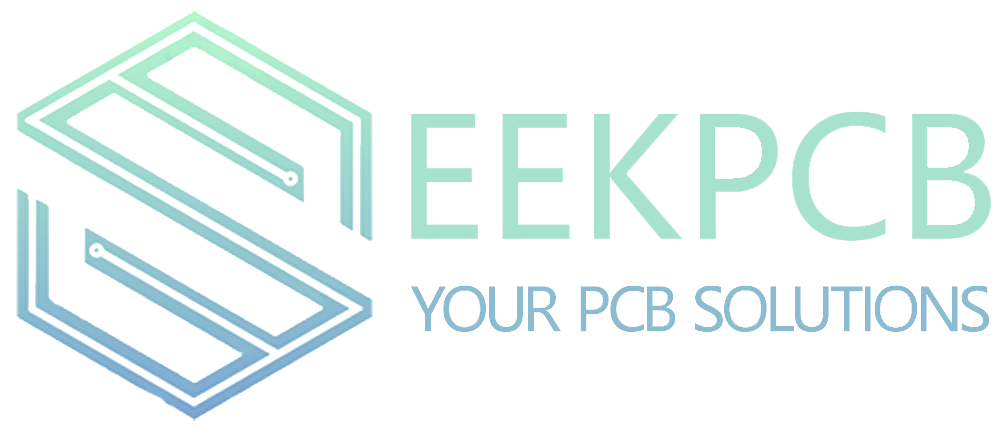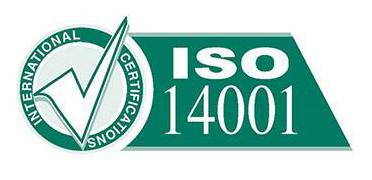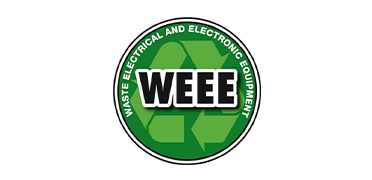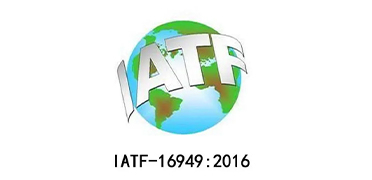








In the ever-evolvingworld of electronics, the term "Rigid Flex" has become increasingly prominent. But what exactly is a rigid-flex, and why is it gaining so much attention? This article delves into the intricacies of rigid-flex technology, exploring its structure, applications, benefits, and future potential. Whether you're an industry professional or a curious enthusiast, understanding rigid-flex can provide valuable insights into modern electronic design.
Understanding Rigid-Flex Technology
Definition and Structure
Rigid-flex is a type of printed circuit board (PCB) that combines elements of both rigid and flexible circuits. This hybrid design allows for greater versatility in electronic applications. The rigid sections provide structural support and stability, while the flexible sections offer the ability to bend and fold, accommodating complex geometries and dynamic environments.
Manufacturing Process
The manufacturing of rigid-flex involves several intricate steps. It starts with the creation of the flexible layers, typically made from polyimide or similar materials. These layers are then laminated with rigid sections, usually composed of FR4 or other rigid substrates. The combination of these materials results in a single, cohesive unit that can be shaped and molded to fit specific design requirements.
Applications of Rigid-Flex
Consumer Electronics
Rigid-flex technology is widely used in consumer electronics, including smartphones, tablets, and wearable devices. The ability to design compact and lightweight devices with complex shapes makes rigid-flex an ideal choice for modern gadgets. It allows for seamless integration of components, reducing the overall size and weight of the device.
Medical Devices
In the medical field, rigid-flex is utilized in various diagnostic and therapeutic devices. Its flexibility and durability make it suitable for applications such as pacemakers, hearing aids, and imaging equipment. The reliability and precision of rigid-flex circuits ensure that medical devices function accurately and consistently.
Aerospace and Defense
The aerospace and defense industries benefit from rigid-flex technology due to its ability to withstand harsh environments and extreme conditions. It is used in avionics, communication systems, and military equipment, where reliability and performance are critical. The rugged nature of rigid-flex circuits ensures they can endure vibrations, temperature fluctuations, and other challenging factors.
Benefits of Rigid-Flex
Design Flexibility
One of the primary advantages of rigid-flex is its design flexibility. Engineers can create complex and intricate designs that would be impossible with traditional rigid or flexible PCBs alone. This flexibility allows for innovative solutions and optimized use of space within electronic devices.
Enhanced Reliability
Rigid-flex circuits offer enhanced reliability compared to traditional PCBs. The integration of rigid and flexible sections reduces the number of interconnections and solder joints, minimizing potential points of failure. This results in a more robust and dependable circuit.
Cost Efficiency
While the initial manufacturing cost of rigid-flex may be higher, the overall cost efficiency is often superior. The reduction in assembly time, fewer components, and decreased need for connectors and cables contribute to long-term savings. Additionally, the improved reliability reduces maintenance and repair costs.
The Future of Rigid-Flex
Technological Advancements
The future of rigid-flex technology looks promising, with ongoing advancements in materials and manufacturing processes. Innovations such as thinner and more flexible substrates, improved adhesive technologies, and advanced fabrication techniques are expected to further enhance the capabilities of rigid-flex circuits.
Expanding Applications
As technology continues to evolve, the applications of rigid-flex are likely to expand into new areas. Emerging fields such as the Internet of Things (IoT), autonomous vehicles, and advanced robotics will benefit from the unique properties of rigid-flex circuits. The ability to create compact, reliable, and flexible designs will drive innovation in these industries.
Conclusion
Rigid-flex technology represents a significant advancement in the field of electronic design. By combining the strengths of rigid and flexible circuits, it offers unparalleled versatility, reliability, and efficiency. From consumer electronics to aerospace, the applications of rigid-flex are vast and varied. As technological advancements continue, rigid-flex is poised to play a crucial role in shaping the future of electronics. Understanding and embracing this technology can provide a competitive edge in the ever-evolving landscape of modern electronics.
+86-18925293263








